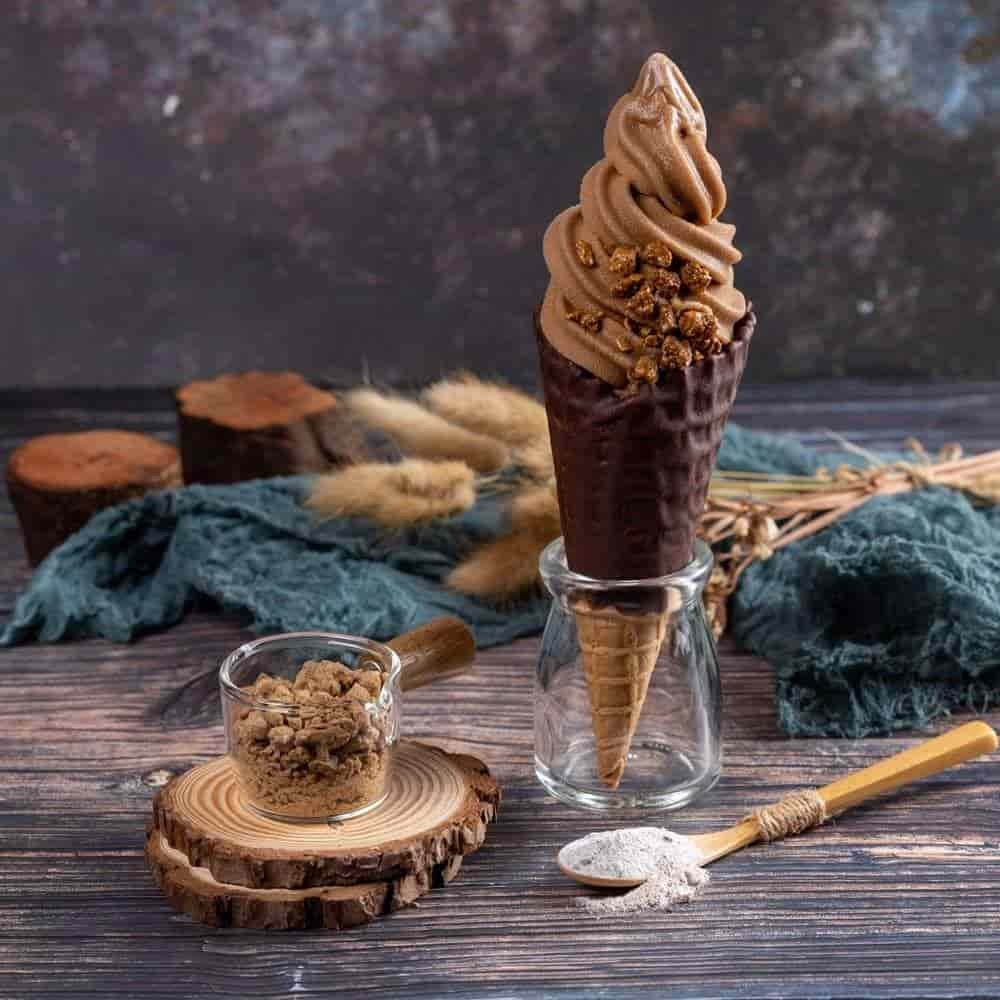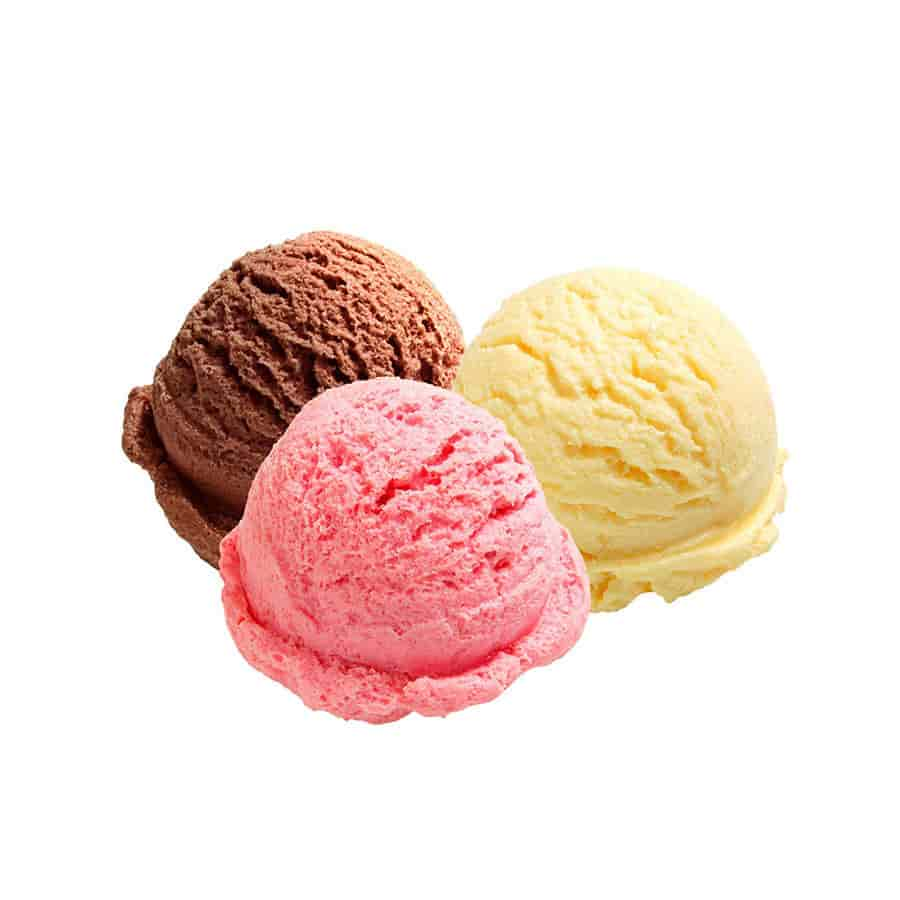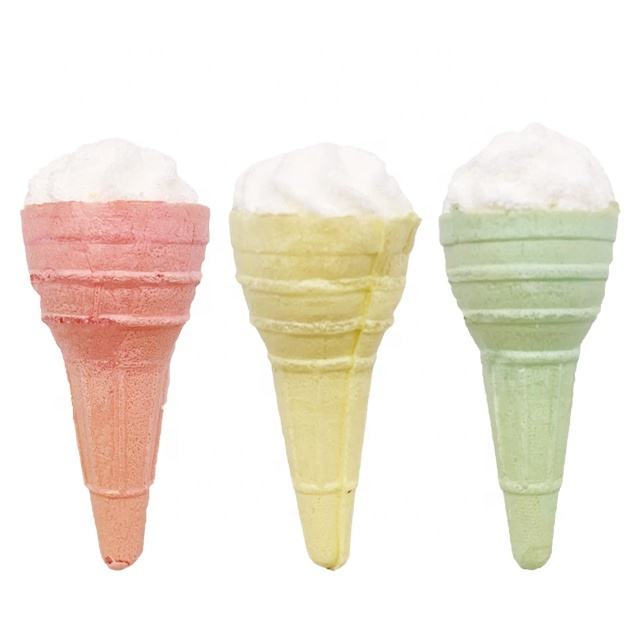The Evolution of Ice Cream
History of Ice cream stretches back more than two thousand years, with its earliest roots traced to around the 2nd century B.C. While no single person or exact date can be credited with its invention, historical accounts show that some of history’s most famous figures enjoyed frozen treats. Alexander the Great was said to savor snow mixed with honey and nectar, while biblical writings tell us that King Solomon favored chilled drinks during harvest time. During the reign of Nero Claudius Caesar (A.D. 54–86), messengers were dispatched to the mountains to collect snow, which was then infused with fruit and juices.
Over a millennium later, Marco Polo returned to Italy from the Far East carrying a sherbet-like recipe. By the 16th century, this creation evolved into something much closer to modern ice cream. England also discovered “cream ice” around the same period—possibly even earlier—and by the 17th century, it was a regular feature on the table of King Charles I. France’s introduction to frozen desserts came in 1553 with Catherine de Medici, who brought the tradition from Italy when she married Henry II. Ice cream was a luxury for the wealthy until 1660, when the Sicilian chef Procopio served a recipe of milk, cream, butter, and eggs at Café Procope in Paris, making it available to the public for the first time.

Ice Cream Arrives in America
The earliest known mention history of ice cream in the American colonies dates to 1744, in a letter written by a guest of Maryland Governor William Bladen. In 1777, New York Gazette ran the first ice cream advertisement in the United States, placed by confectioner Philip Lenzi. Historical records even show President George Washington spent around $200 on ice cream in the summer of 1790—a small fortune at the time. After his death, inventory from Mount Vernon revealed two pewter ice cream pots. President Thomas Jefferson is said to have cherished an elaborate 18-step vanilla ice cream recipe, while First Lady Dolley Madison famously served strawberry ice cream at President Madison’s second inaugural banquet in 1813.
Until the early 1800s, ice cream remained an indulgence for the elite. That began to change with the invention of insulated ice houses, which allowed for more widespread production and storage. In 1851, Jacob Fussell, a milk dealer from Baltimore, opened the first large-scale ice cream manufacturing operation in the U.S. From there, the industry boomed, driven by innovations such as steam power, mechanical refrigeration, homogenization, improved freezing equipment, and motorized delivery trucks. Today, U.S. annual frozen dairy production exceeds 6.4 billion pounds.

New Flavors and Traditions
With ice cream becoming more accessible in the late 19th century, creativity flourished. The invention of the ice cream soda in 1874 brought about the rise of soda fountain shops and the profession of the “soda jerk.” When some religious groups criticized the indulgent ice cream sodas being consumed on Sundays, merchants created a soda-free alternative—the ice cream “Sunday”—in the 1890s. To avoid a direct reference to the Sabbath, the name was eventually changed to “sundae.”

Ice Cream in Wartime and Beyond
During World War II, ice cream became a symbol of comfort for American troops. Each branch of the military vied to serve the best frozen treats to its service members, and in 1945, the Navy even introduced a floating ice cream parlor in the western Pacific. After the war ended and dairy rationing lifted, Americans celebrated victory with a nationwide ice cream boom—consuming more than 20 quarts per person in 1946.

From the 1940s to the 1970s, ice cream core machine production in the U.S. remained steady, but a shift began: supermarkets started selling more prepackaged ice cream, leading to the decline of many traditional ice cream parlors and soda fountains. In recent decades, however, nostalgia and innovation have sparked a revival. Specialty ice cream shops and restaurants offering unique frozen desserts now draw both older generations who remember the golden age of ice cream parlors, and younger fans eager for creative flavors and experiences.
The History of Ice Cream is a sweet journey from ancient snow delicacies to a beloved global treat enjoyed in endless flavors today.
